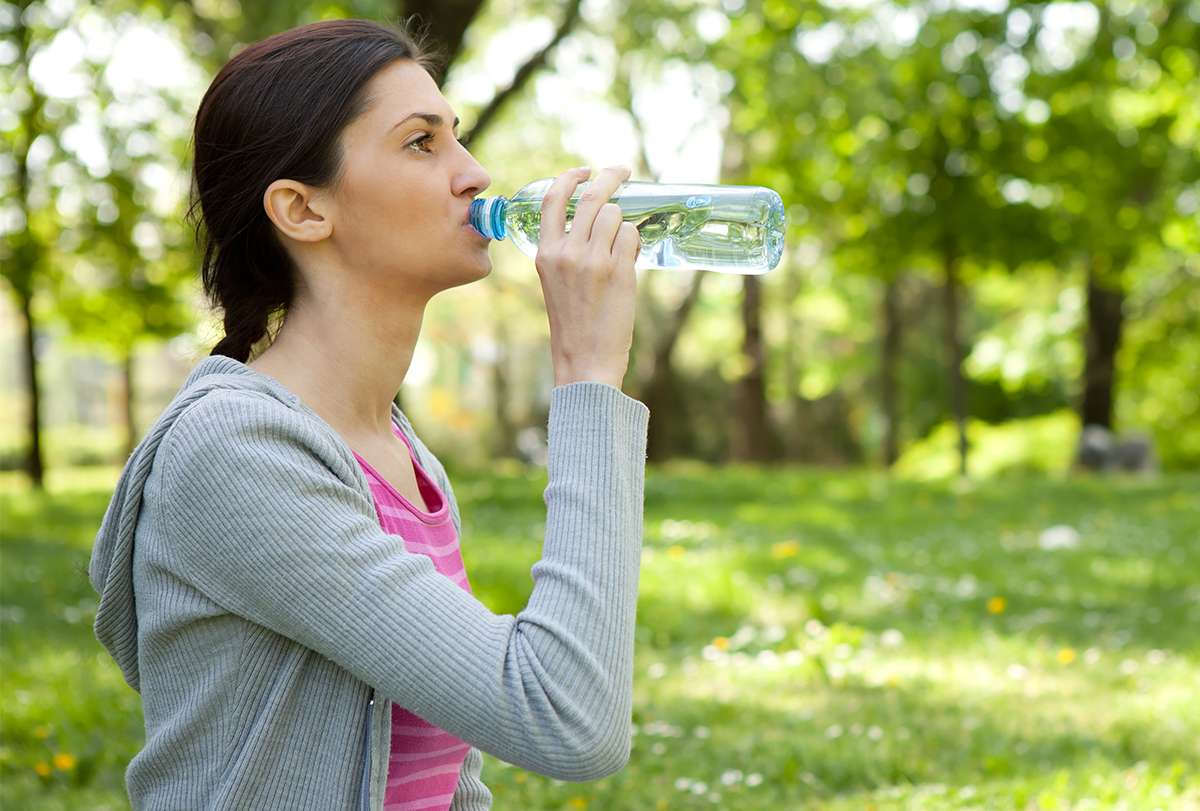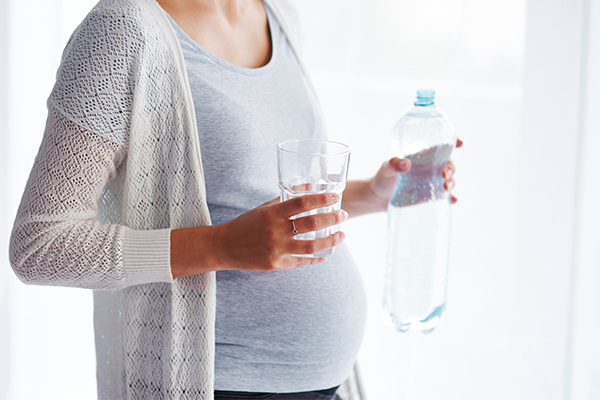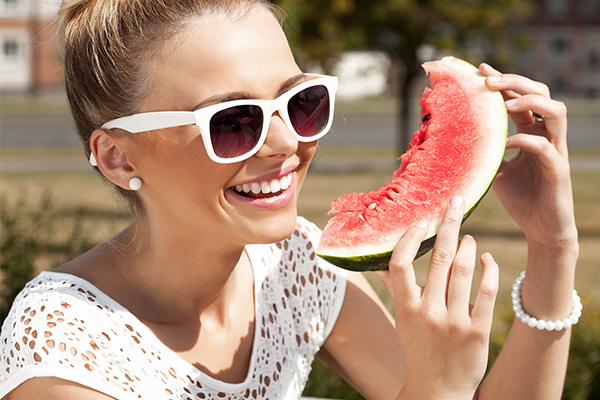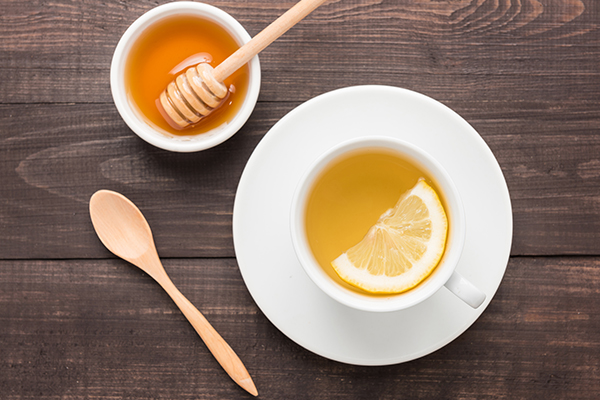In this article:
Water constitutes more than half of your body weight. It is essential to consume ample amounts of fluid each day to maintain good health. A lack of water can cause dehydration, whose symptoms include lethargy, headache, and weakness.

The Importance of Proper Fluid Intake
The human body is about 60% water, (1) and maintaining the right balance of water and electrolytes (such as sodium, potassium, calcium, and magnesium) allows the various systems to function properly.
Each bodily function, including body temperature regulation, nutrient distribution, joint cushioning, toxin removal, and moisturization of the skin and tissues, is dependent on water.
Recommended Fluid Intake in a Day
The recommendation is 8 glasses of water a day. (2) However, water is lost through bodily fluids, and how much water you need varies depending on how active you are, what type of climate you live in, and if you have any health conditions.
Best Ways to Increase Water Consumption
The following tips may help increase your water intake:
- Motivating yourself to drink more
- Identifying your thirst
- Keeping liquids handy
- Exploring more fluid options
- Adding flavoring to your water
ALSO READ: How Drinking Enough Water Improves Your Health
People Who Need to Drink More Water

The following people require increased water intake:
- Pregnant and breastfeeding women
- People with kidney stones – Increased water intake helps decrease stone recurrence.
- Athletes and/or those exercising in the heat or humidity – Increased water intake replaces what is lost through sweat. A decrease in body water content can affect performance and even cause dehydration, often causing an elevated heart rate, high body heat, fatigue, and dizziness in severe cases.
However, people with renal failure or congestive heart failure may need to monitor and/or decrease their fluid intake.
How to Determine if You Are Drinking Enough Water?
You can keep a check on your hydration levels through the color of your urine and your feeling of thirst.
- Urine color: If it is light/pale yellow, you are well hydrated. Dark (amber color) urine indicates you are dehydrated and need to increase your fluid intake.
- Thirst: It is often the first sign you need to drink more fluids.
Meet Your Fluid Needs Through a Well-Planned Diet

Here’s how you can increase your fluid intake throughout the day:
- Carry around a water bottle.
- Start your day with a glass of water.
- Drink a glass of water before each meal and before bed.
- Eat fresh food: 20% of your water intake comes from food. (3)
- Consume fruits and veggies. Foods high in water content include cucumbers, watermelon, cantaloupe, tomatoes, strawberries, spinach, peaches, and bell peppers.
- Make a smoothie for breakfast. Fresh fruits and veggies have high water content.
- Make a big salad for lunch. Most lettuce contains 96% water. (3)
- Consume zucchini noodles or zoodles, which contains 95% water, and pair them with tomato sauce, which contains 90% water.
- Consume broth-based soups or gaspacho.
- Freeze fruit into popsicles and eat for dessert.
Mistaking Thirst for Hunger
Sometimes you feel hungry but are actually dehydrated and need to drink water. Practice sipping before snacking to see if you are really hungry or just thirsty.
Natural Flavorings to Make Plain Water More Appealing
Create “spa” water to enhance the taste and make it more appealing. Flavor your water with slices of lemon, cucumber and mint, and strawberries, or try frozen blueberries as ice cubes.
Steps to Increase Fluid Intake During the Winter Months

While you don’t feel thirst as often in winters than in summers, it is essential to maintain your fluid intake since water is lost through bodily fluids. For this:
- Carry a water bottle with you.
- Drink hot water with lemon and honey.
- Consume broth-based soups.
- Consume oatmeal for breakfast. While cooking, oats absorb the water and expand, thus increasing your fluid intake when consumed.
- Drink milk. The protein, calcium, carbohydrate, and electrolyte content of milk makes it a better hydrating agent than sports drink or water. (4)
Lifestyle Changes to Increase Fluid Consumption
The easiest way to increase fluid consumption is to incorporate water breaks into your daily routine.
- Drink a glass of water when you wake up and before each meal, after a workout, and before bed.
- Download an app on your phone to track fluid intake.
- Take water breaks. Between work tasks, take a walk to the water fountain for a mental health break.
- Consume fluids in the form of fruits, vegetables, smoothies, spa water, and fruit popsicles to make water intake more appealing.
- Place drinking water at multiple places in the workplace and at home. If a water bottle, a glass of water, or a pitcher is in sight or within reach, water intake is likely to increase.
Health Problems Associated With Inadequate Water Intake
Your body requires water to perform the most basic of its functions. People who don’t meet your fluid needs on a regular basis are susceptible to a variety of ailments, such as the following:
- People may eat more because they think they are hungry when in fact they are thirsty.
- Skin changes occur when enough water is not consumed. Dehydration causes the skin to lose its turgor or elasticity. (5) When well-hydrated skin is pinched, it should return to its normal shape immediately. If it does not, it is a sign of dehydration.
- People may experience more muscle cramps. Loss of fluid and sodium through sweat can cause these cramps.
- Constipation can likely occur if you are not consuming enough fluids.
- Headaches can be a symptom of dehydration.
- Sense of thirst declines with age, older people could be dehydrated but not feel thirsty.
Final Word
It is important to be mindful of your activity levels, climate, health conditions, and various other factors to determine your optimum fluid intake. Moreover, changes in your diet, such as consuming more fruits and vegetables, can support body hydration.
- Was this article helpful?
- YES, THANKS!NOT REALLY


